Although I have been living in Montenegro for quite a long time, I only discovered Nikšić recently and I can assure you: it is worth a visit!
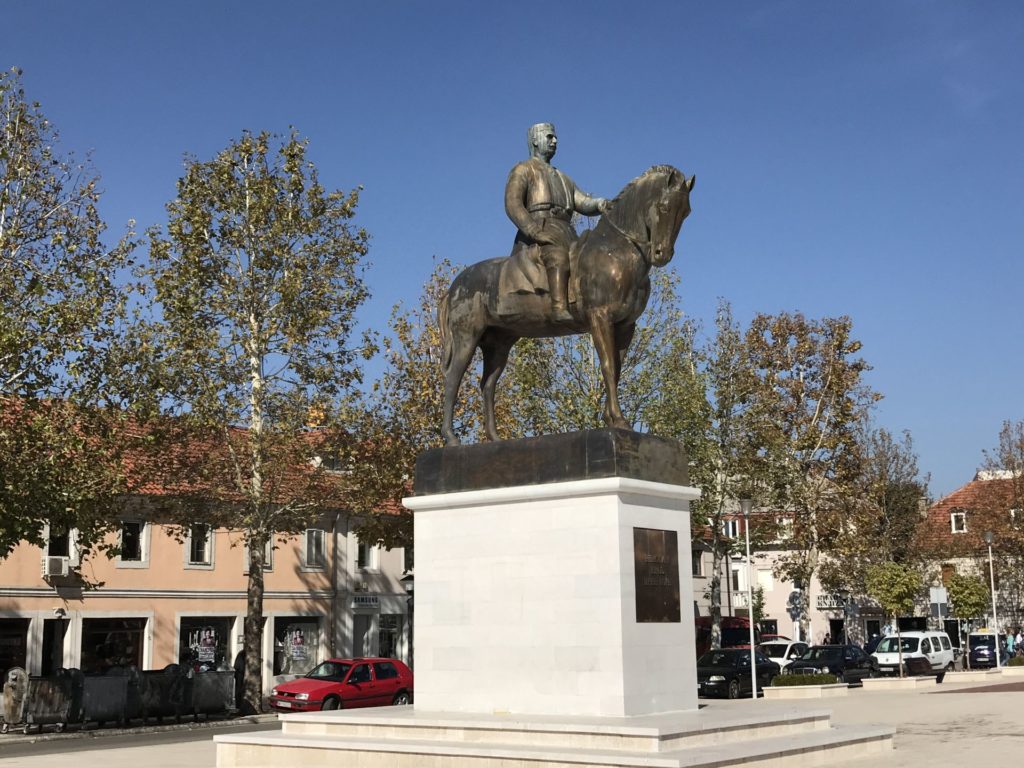 As Nikšić is located in the central part of Montenegro, most tourists and travelers just pass by on their way from or to the Bay of Kotor, Durmitor National Park or Bosnia & Herzegovina.
As Nikšić is located in the central part of Montenegro, most tourists and travelers just pass by on their way from or to the Bay of Kotor, Durmitor National Park or Bosnia & Herzegovina.
It is interesting to know that Nikšić – the second largest city in Montenegro with a population of around 72,000 – is a planned city. The city layout, in the form of a half spider web, follows the 1883 urban plan commissioned by King Nikola and designed by the Croatian architect Josip Slade.
A few words about the history of the city: Nikšić was founded as a military camp by the Romans in the 4th century. Slavs settled here in the 6th and 7th century and transformed the name into Onogošt. The Ottomans took hold of Nikšić in 1455 and stayed here for more than 400 years. Only after World War II, Nikšić started to develop as an industrial center. Unfortunately, the city was hit hard by the economic decline during the 1990s. But many things have changed in the last few years.
If you want to spend a day or more in Nikšić, I would suggest 7 places you should see. Of course, you can also combine your trip with a visit of the Ostrog Monastery, one of Montenegro’s most popular tourist attractions.
- Freedom Square (Trg Slobode)
When I visited Nikšić recently, I was really surprised with this huge, beautifully paved square. Honestly speaking, I liked it much more than the Independence Square in Podgorica! It was a sunny day and we had coffee on one of the cozy street terraces. The atmosphere was relaxed: the benches around the central fountain were occupied by elderly folks, while young people were enjoying their drinks (of course, the best drink here is Nikšićko beer!) in one of the numerous pubs in the pedestrian zone. Everything was clean, with plenty of flowers and trees around.
The square is dominated by a big sculpture of King Nikola (photo 2) on his horse and a recently erected statue dedicated to Ljubo Ćupić (photo 1), a national hero from World War II, who became famous for a photo taken moments before he was shot, showing him with shackles on his hands and smiling in the face of death.
- Park-forest Trebjesa with the Monument to Fallen Fighters of WWII
Trebjesa hill is a beautiful place for rest and recreation. It rises above the city and offers nice trails for those who like walking and hiking. Nature lovers can find hundreds of species of trees and plants here. Near the hotel on the top of the hill is an observation point with a magnificent view. At the foot of the hill you can find tennis courts and other sports facilities, but also a nice promenade and a war monument.
Personally, I am fascinated by war monuments and obviously, more and more foreign tourists are interested in visiting the typical abstract WWII memorials scattered around ex-Yugoslavia. One of them is this ‘Spomenik’, which was designed by Ljubo Vojvodić and erected in 1987. It is a memorial to the 32 Partisan soldiers who were shot on Trebjesa hill. Unfortunately, tourist brochures do not mention this sight and the monument is rather neglected, although it is located just along an attractive promenade.
- Basil of Ostrog’s Cathedral Church
Built in the late 19th century, this cathedral was built on top of the pine-covered Peter’s Hill (Petrova glavica), west of Trebjesa Hill. It was designed by a Russian architect in Serbian-Byzantine style and funded by the Russian Emperor Alexander III. The interior is simple, but shows massive chandeliers and a beautiful iconostasis painted in the realistic style popular in the early 20th century.
Nearby you can also find the oldest church of Nikšić, St. Peter and Paul, from the 12th century. In the interior you can find beautiful medieval frescoes.
4. King Nikola’s Palace and Lapidarium
This palace, which belonged to King Nikola I, was designed by Josip Slade in revival style and built by Italian construction workers in 1890. The palace is now home to the Heritage Museum, a library, gallery and archives.
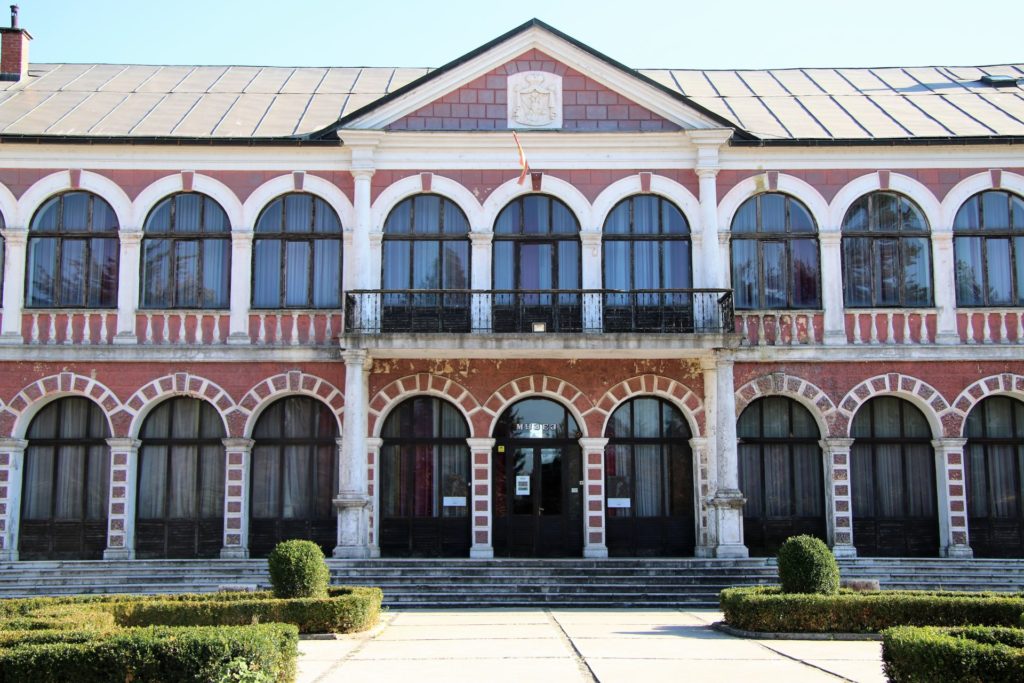 As the building was rarely used by the royal family, it is unclear why King Nikola wanted to build such a beautiful residence here. Obviously, the king wanted Nikšić to be an important town with a cathedral, palace and large parks, built according to a strict urban plan.
As the building was rarely used by the royal family, it is unclear why King Nikola wanted to build such a beautiful residence here. Obviously, the king wanted Nikšić to be an important town with a cathedral, palace and large parks, built according to a strict urban plan.
The museum also contains an interesting collection from the archaeological site of Red Rock (Crvena Stijena), dating back to the period between 180,000 and the first millennium BC.
The Lapidarium behind the Palace, created in 2014, contains a series of medieval tombstones (‘stećci’), which date back to the 13th, 14th and 15th century. These tombstones were found around King Nikola’s Palace and the cathedral of St. Basil. Some of them are beautifully decorated; I found the stone with two hunters on horses particularly attractive.
- Moštanica Bridge and medieval graveyard
It is easy to find the Roman bridge on Moštanica river, as there are signposts everywhere. The bridge is located on the old road from Shkodra via Nikšić to Narona (a Roman town in the Neretva valley).
Built in the 3rd century AD, it is one of the oldest bridges in Montenegro. Opposite to the bridge is a small church and a large field with scattered medieval tombstones (‘stećci’). Worth a visit!
- Emperor’s Bridge (Carev most)
The Emperor’s Bridge or Tsar’s Bridge on the Zeta River is one of the most impressive bridges in Montenegro, as it is 269 m long and consists of 18 arches. This huge construction project, designed by Josip Slade, was built in 1894. It was named after the Russian Emperor Alexander III, Emperor, who had financed its construction. You will pass it when you follow the old road from Danilovgrad to Nikšić along the Zeta River.
- Bedem Fortress
On a hill on the outskirts of Nikšić we found the Bedem fortress, built by the Turks on the remnants of an old Roman military fortification, which was later called Onogošt. Apart from the walls, the fortification contains six towers located at the corners of the fortress. In the middle is the oldest part – Castel.
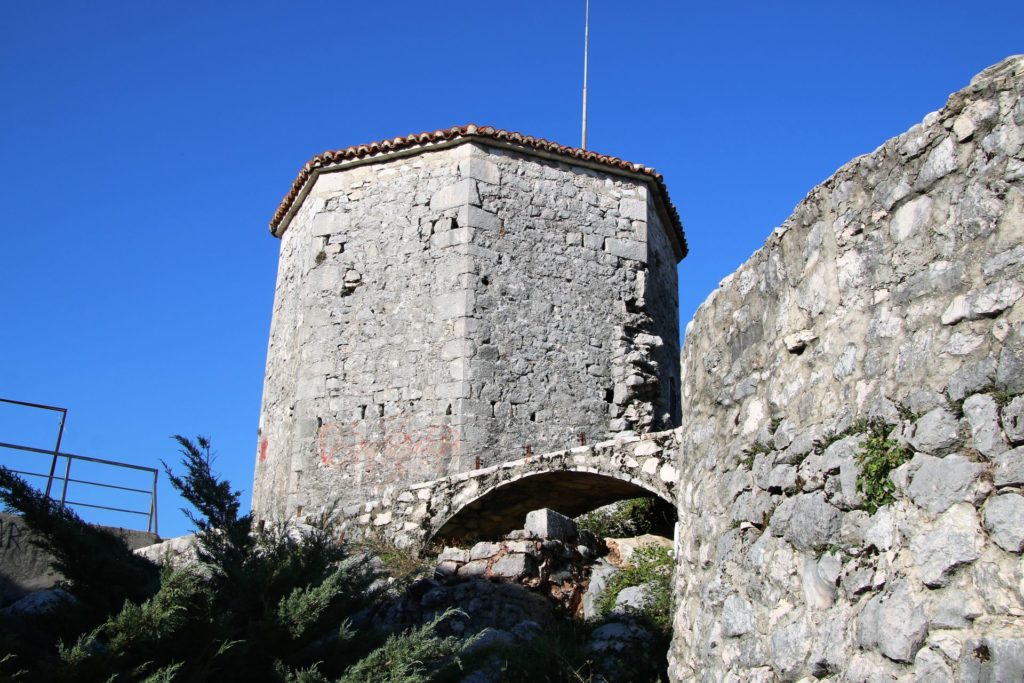 Driving on the highway northwards, you can see the complete fortress and you will have the feeling that it looks magnificent and well-restored. Unfortunately, when we visited the fortification it appeared to be rather neglected and full of litter. I sincerely hope that the restoration will continue and that maintenance will improve next season!
Driving on the highway northwards, you can see the complete fortress and you will have the feeling that it looks magnificent and well-restored. Unfortunately, when we visited the fortification it appeared to be rather neglected and full of litter. I sincerely hope that the restoration will continue and that maintenance will improve next season!
In the surroundings of Nikšić are three artificial lakes. One of them is Slansko Lake (Slansko jezero), which was created in 1950 in order to serve the needs of Peručica hydro-power plant. It is surrounded by mountains and has several islands, which makes it quite picturesque. Other artificial lakes are Lako Liverovići and Lake Krupac, a very popular spot for recreation with a restaurant, beach and promenade along the lake dam.
The distance from Podgorica to Nikšić is around 50 km, but a good alternative is the old road along the Zeta (56 km). And what about travelling by train? This trip offers you unique natural beauties and contacts with the locals – a great adventure indeed… But anyway, Nikšić is absolutely worth a visit!
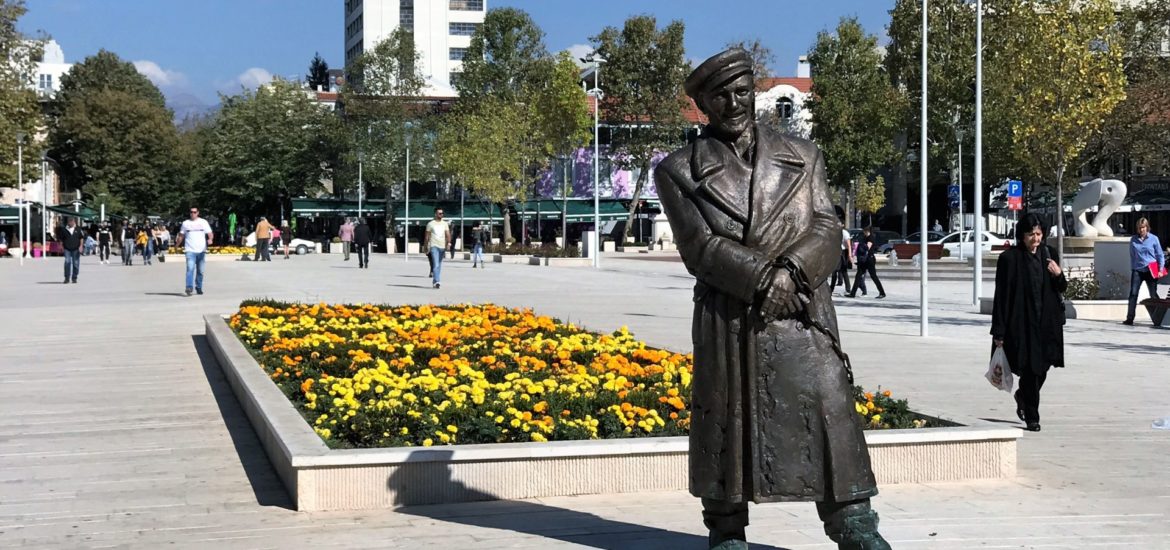
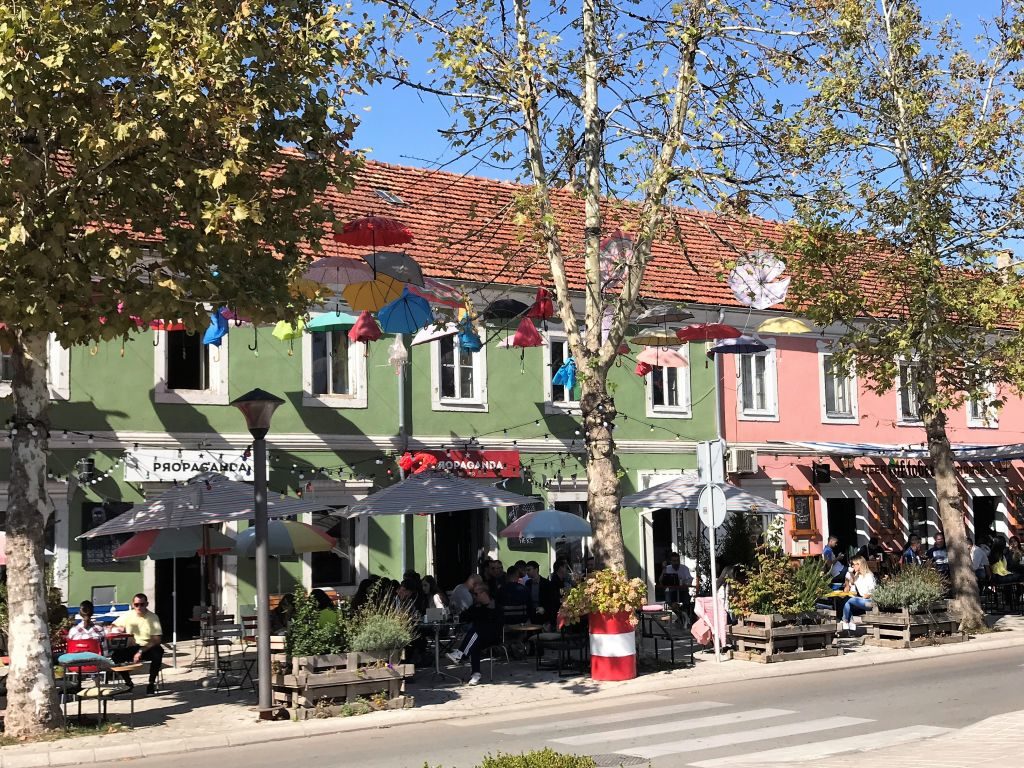


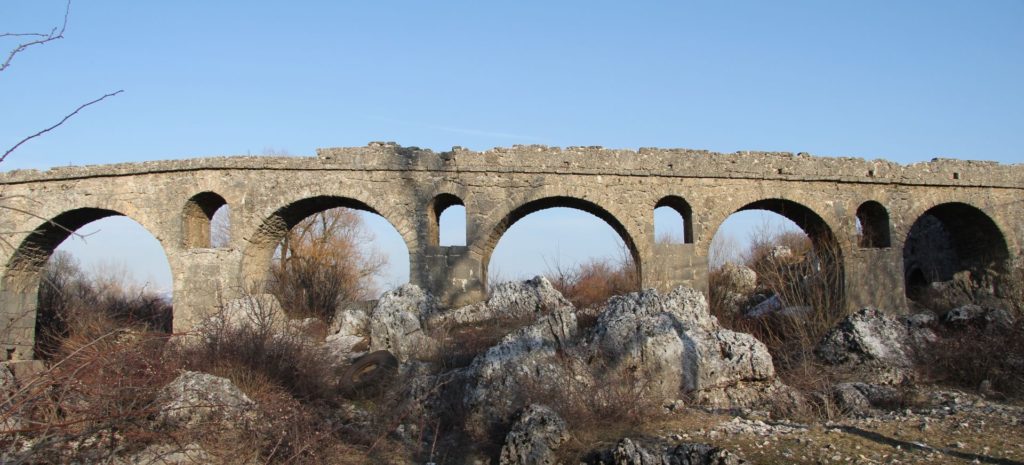
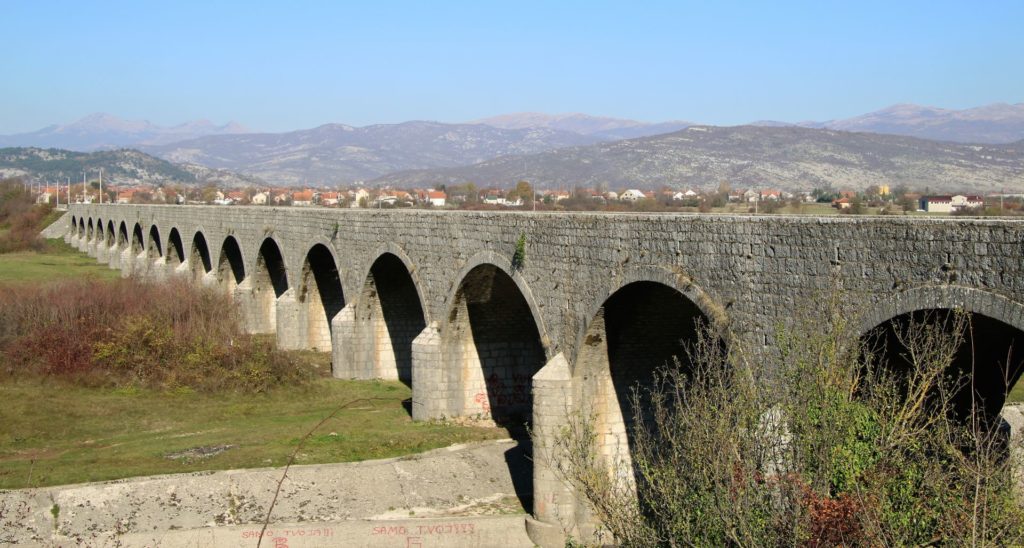
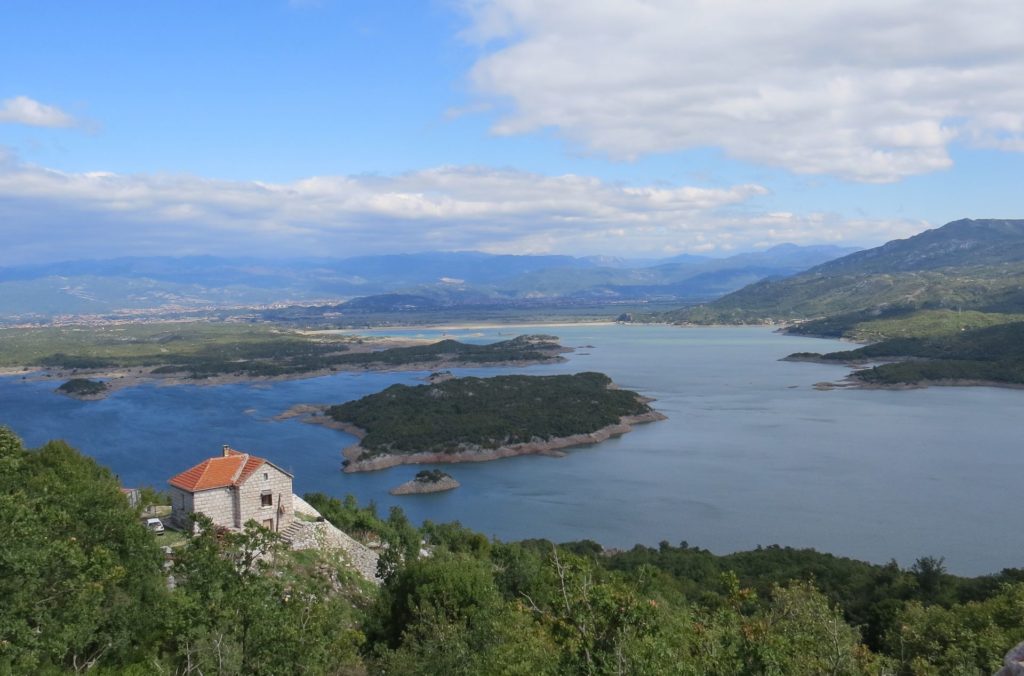
PROPAGANDA bar!
[…] Foto: Montenegro for me […]
Hi there, Montenegro has always been the place I’d like to settle in. I’m Canadian and 60 years old. Looking to relocate soon. I have been to Montenegro in 2010 and loved it. Can you tell me more about how to make the move? Best place to rent or stay to figure it out for a couple months?
Hello, there is a Facebook group called Foreigners in Montenegro where you can get all infotmation.